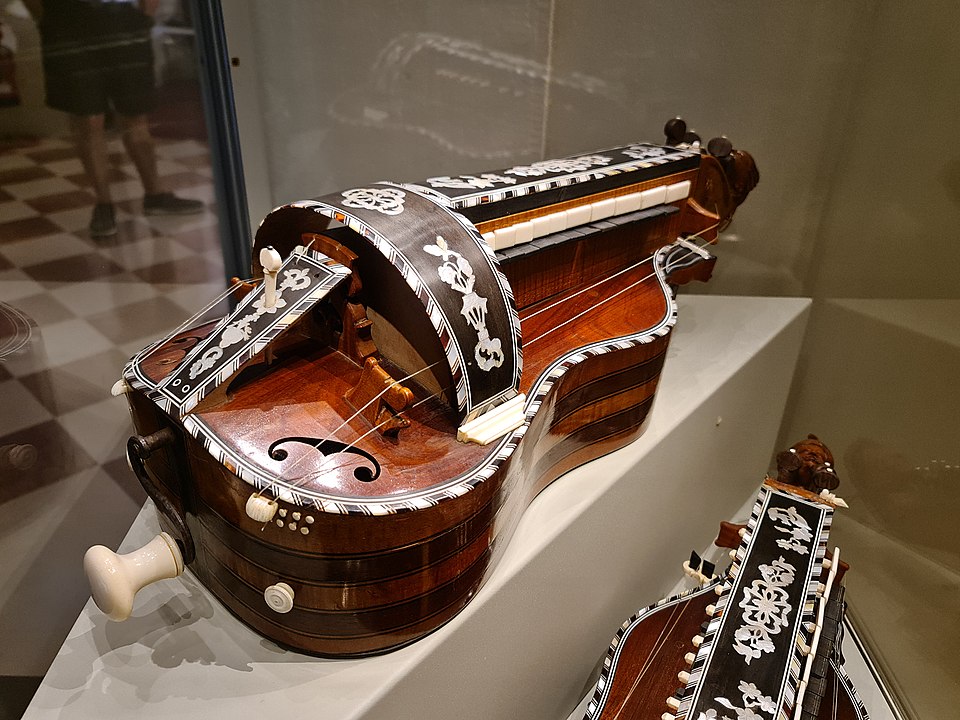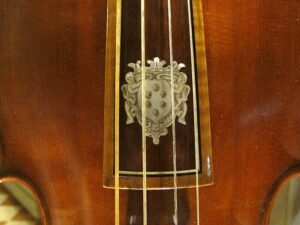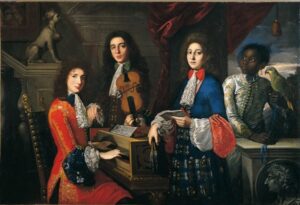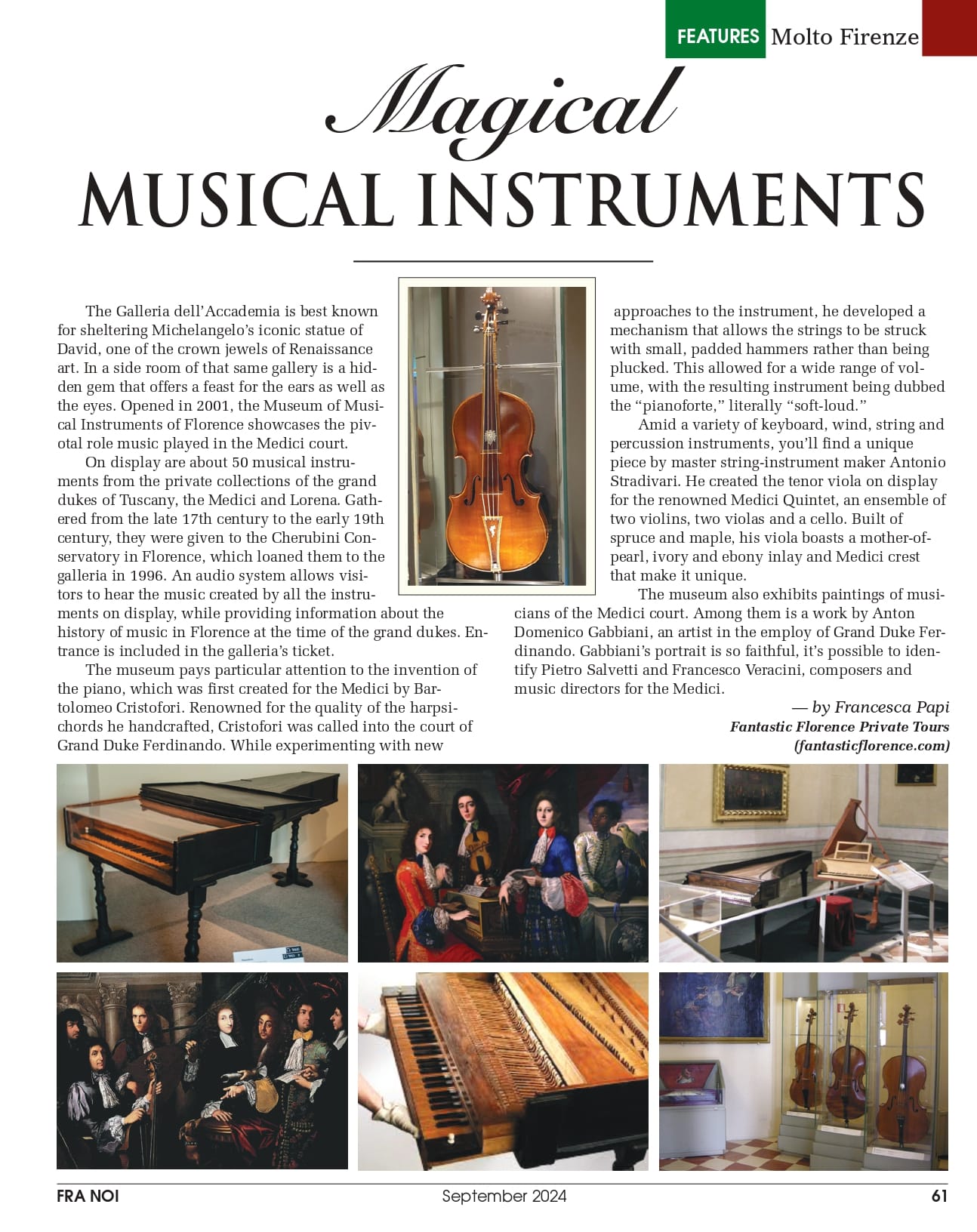
The origins of the Musical Instruments Museum of Florence
The Musical Instruments Museum of Florence, inside Galleria dell’Accademia, is a real jewel to explore in the same museum where Michelangelo’s David is. The Galleria dell’Accademia (Accademia gallery) is best known for sheltering Michelangelo’s iconic statue of David, one of the crown gems of Renaissance art. In a side room of that same gallery is a hidden gem that offers a feast for the ears as well as the eyes. Opened in 2001, the Museum of Musical Instruments of Florence showcases the pivotal role music played in the Medici court. On display are about 50 musical instruments from the private collections of the grand dukes of Tuscany, the Medici and Lorena. Gathered from the late 17th century to the early 19th century, they were given to the Cherubini Conservatory in Florence, which loaned them to the Galleria in 1996. An audio system allows visitors to hear the music created by all the instruments on display, while providing information about the history of music in Florence at the time of the grand dukes. Entrance is included in the galleria’s ticket. We can visit the Galleria dell’Accademia as last stop of our Early Morning Tour of Florence, which is definitely one of my favorites!
Musical Instruments Museum of Florence’ highlight: Stradivari Tenor Viola
Amid a variety of keyboard, wind, string and percussion instruments, you will find a unique piece by master string-instrument maker Antonio Stradivari (Cremona, 1643-1737). He created the tenor viola on display for the renowned Medici Quintet, an ensemble of two violins, two violas and a cello. Built of spruce and maple, his viola (made around 1690) boasts a mother-of- pearl, ivory and ebony inlay and Medici crest that make it unique. The viola on exhibit at the Musical Instruments Museum of Florence at Accademia Gallery is a one-of-a-kind by Stradivari and is perfectly conserved in its original condition, showing elegance and outstanding sophistication. The famous string quintet, depicted in the painting by Giovan Antonio Gabbiani displayed in this same museum, with Ferdinando surrounded by his musicians, was unfortunately dismantled. Besides the remarkable viola, the Galleria dell’Accademia still preserves the cello, which is also adorned with the Medici coat of arms. After the extinction of the Medici family, the Grand Duchy of Tuscany was assigned to the ruling Austrian family of the Habsburg-Lorraine. Regrettably, during the Lorraine period (1737-1860), many string instruments underwent modifications to adapt them to the tastes and musical repertoire of the time. In particular, the position of the neck was altered by bending it backward to increase its resistance to string tension, resulting in a brighter sound. Consequently, the fingerboard was elongated to expand the range of notes towards the higher pitches. The Medici viola is the only instrument in the world among those created by the famous Cremonese luthier that has remained perfectly preserved in its original structure, without any retrogression of the neck or reduction in size.
The invention of the piano explained at the Musical Instruments Museum of Florence

The museum pays particular attention to the invention of the piano, which was first created for the Medici by Bartolomeo Cristofori. Renowned for the quality of the harpsichords he handcrafted, Cristofori was called into the court of Grand Duke Ferdinando. While experimenting with new approaches to the instrument, he developed a mechanism that allows the strings to be struck with small, padded hammers rather than being plucked. This allowed for a wide range of volume, with the resulting instrument being dubbed the “pianoforte,” literally “soft-loud.” In 1688 Bartolomeo Cristofori (1655-1732) was called into the Florentine court by Grand Prince Ferdinando as a musical instrument maker. He dedicated his work to experimenting with new materials for his instruments and creating innovative sounds, making an elegant spinet and a precious harpsichord in an ebony case. The most amazing discovery is finding the “piano”, or pianoforte in Italian, documented for the very first time in history. This was the invention of a keyboard instrument where the chords aren’t plucked; they’re hit by little hammers that produce softer and less “silvery” sounds than the harpsichord.
Court musicians in Florence
The Museum of Musical Instruments of Florence exhibits two large-scale paintings by Anton Domenico Gabbiani in the musical instrument section. They portray the Grand Prince Ferdinando de’ Medici surrounded by his court musicians. The elegantly dressed young musicians proudly show off their violas, cellos, a “lirone”, or lira da gamba, and a cello with a precious silver tailpiece used to increase its sonority. In this painting, Anton Domenico Gabbiani depicts a portrait of three musicians from the Medici court, of which Gabbiani was the official painter. The painting was made around 1687 for the then twenty-four-year-old Prince Ferdinando de’ Medici, son of Cosimo III. Ferdinando de’ Medici was a great lover of music (and a musician himself), and he commissioned several musical-themed paintings from court artists.

3 unknown musicians
In Gabbiani’s work, we see one of the musicians playing the harpsichord, another accompanying him with the violin, and finally a third person singing along to the music played by his colleagues. Completing the “ensemble” is a dark-skinned servant holding a parrot on his arm, adding an exotic touch to the scene. We have no idea who the three musicians are. One possible identification suggests that the character in the center is the violinist Martino Bitti, the harpsichordist Giovanni Maria Pagliardi, and the singer is the castrato Francesco de’ Castris, better known as “il Cecchino.” Noteworthy is Gabbiani’s attention to the fabrics of the protagonists (especially splendid in the case of the harpsichordist and the dark-skinned servant). There are also references to classicism (the sphinx, the architecture reminiscent of a temple, and the portrait on the marble column in the foreground). The room dedicated to Bartolomeo Cristofori displays two XVII century still lives that combine elegantly set tables and detailed depictions of musical instruments of the era. Do you want to visit this museum together with Uffizi Gallery? Then book Your Day in Florence Tour!

